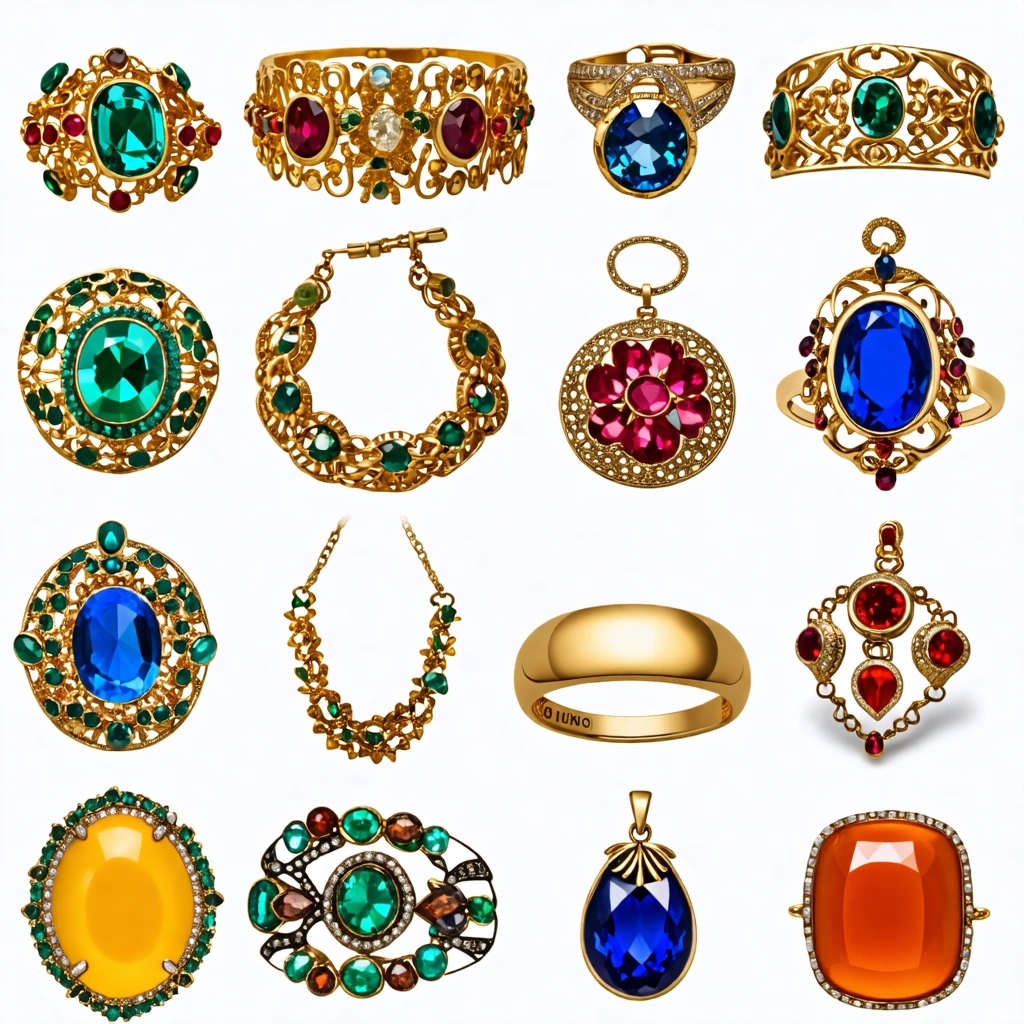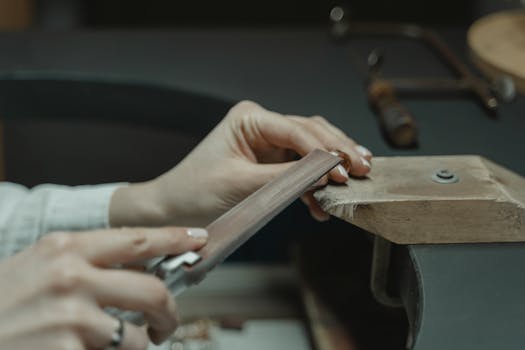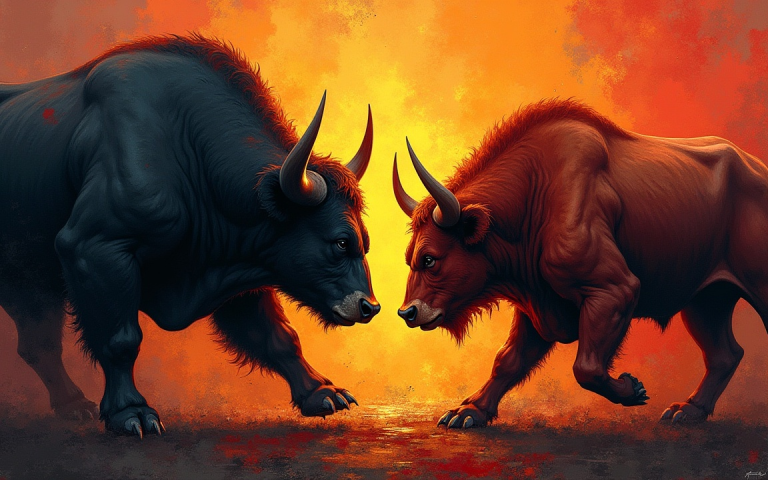
The Evolution of Jewelry: How Fashion and Lifestyle Intersect
Takeaways: Jewelry has evolved significantly over the centuries, reflecting changes in fashion and lifestyle. From ancient civilizations to modern trends, the way we wear and perceive jewelry is deeply intertwined with cultural and social developments. Today, sustainability and personal expression are at the forefront of jewelry design.
A Historical Overview of Jewelry

As civilizations advanced, so did the complexity and artistry of jewelry. The Egyptians, for example, were known for their elaborate gold jewelry adorned with precious stones, which held both aesthetic and spiritual significance. Jewelry in ancient Egypt often symbolized wealth, power, and divine protection. The famous Egyptian queen, Cleopatra, was known for her extravagant collection of jewelry, which showcased her status and wealth.
During the Roman Empire, jewelry became a symbol of status and wealth, with intricate designs and the use of gemstones becoming prevalent. The Romans popularized the use of rings, brooches, and earrings, embedding them with personal and political significance. As Christianity spread, jewelry began to take on new meanings, often associated with faith and devotion.
In the Middle Ages, jewelry was used as a form of currency and as a marker of social class. The use of gemstones became a hallmark of nobility, with pieces often passed down through generations as family heirlooms. The Renaissance marked a significant shift in jewelry design, with a renewed interest in art and beauty. Jewelers began to explore new techniques, leading to more intricate and personalized pieces.
Jewelry in the Modern Era

In the 1920s, the Art Deco movement influenced jewelry design, leading to geometric patterns and bold colors. This era saw the emergence of iconic pieces that reflected the changing attitudes toward fashion and femininity. The flapper movement, characterized by a more liberated lifestyle for women, further influenced jewelry styles, with long strands of pearls and bold statement pieces becoming fashionable.
As we moved into the latter half of the 20th century, jewelry continued to evolve in response to cultural shifts. The 1960s and 1970s embraced bohemian styles, with handmade and artisanal pieces gaining popularity. This era also saw the rise of unisex jewelry, challenging traditional gender norms in fashion.
Contemporary Jewelry Trends

The influence of social media has also transformed the jewelry landscape. Platforms like Instagram and Pinterest allow designers to showcase their work to a global audience, leading to the rapid spread of trends and styles. Influencers and celebrities often dictate what is fashionable, and their choices can lead to a surge in popularity for specific jewelry types.
Furthermore, customization and personalization have become key trends in contemporary jewelry design. Consumers are increasingly seeking unique pieces that tell a story or hold personal significance. From engraved initials to birthstone designs, personalized jewelry allows individuals to express their identity in a meaningful way.
In conclusion, the evolution of jewelry is a fascinating reflection of the intersection between fashion and lifestyle. As societal values shift and new trends emerge, the world of jewelry will continue to adapt, offering endless possibilities for self-expression and creativity.






